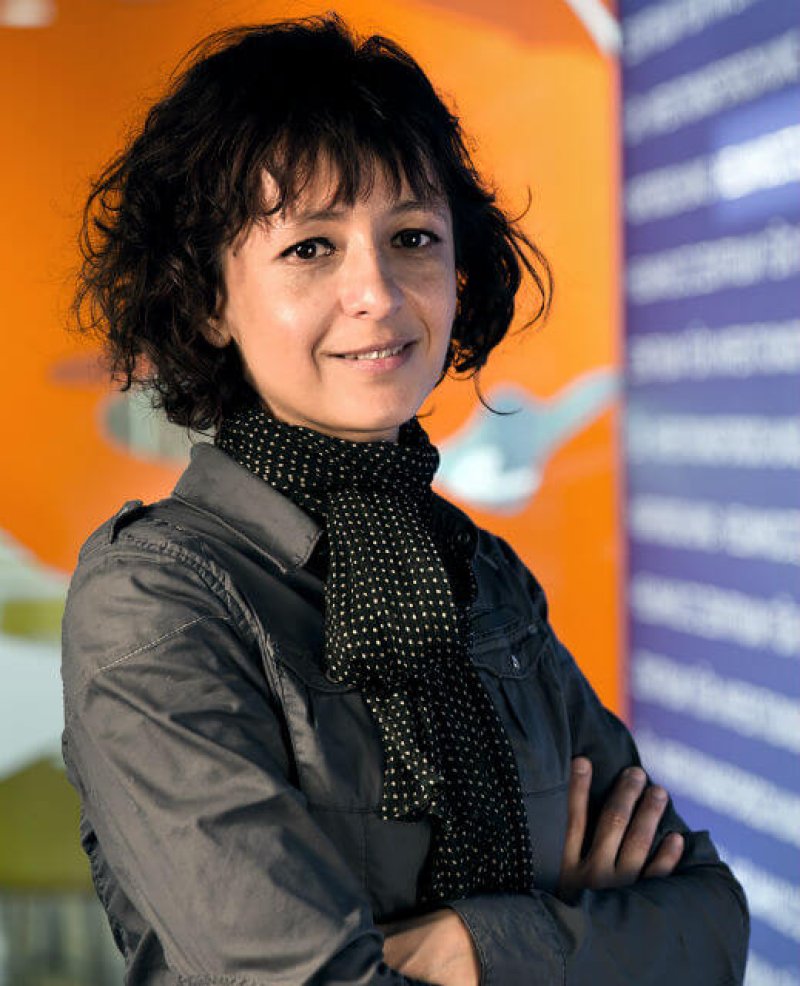The GLP aggregated and excerpted this blog/article to reflect the diversity of news, opinion and analysis.
Emmanuelle Charpentier’s office is bare, save for her computer. Her pictures, still encased in bubble wrap, are stacked in one corner, and unpacked cardboard boxes stuffed with books and papers are lined up in the adjacent room. But across the corridor, her laboratory is buzzing with activity. When Charpentier moved to Berlin six months ago, she had her science up and running within weeks, but decided that the rest could wait. “We were all determined to get the research going as fast as possible,” she says, leaning forward from her still-pristine office chair.
The itinerant lifestyle doesn’t seem to have hampered the microbiologist as she has carefully dissected the systems by which bacteria control their genomes. Charpentier is now acknowledged as one of the key inventors of the gene-editing technology known as CRISPR–Cas9, which is revolutionizing biomedical researchers’ ability to manipulate and understand genes.
The academic limelight is not a comfortable place for Charpentier, which is why she remains the least well known member of the small international group tipped for the ‘CRISPR Nobel’, if it arrives. “Jean-Paul Sartre, the French philosopher, warned that winning prizes turned you into an institution — I am just trying to keep working and keep my feet on the ground,” she says. She seems to be succeeding, recently publishing a paper in Nature that reveals the mechanism of a CRISPR system that might prove even more efficient than CRISPR–Cas9.
Read full, original post: The quiet revolutionary: How the co-discovery of CRISPR explosively changed Emmanuelle Charpentier’s life































